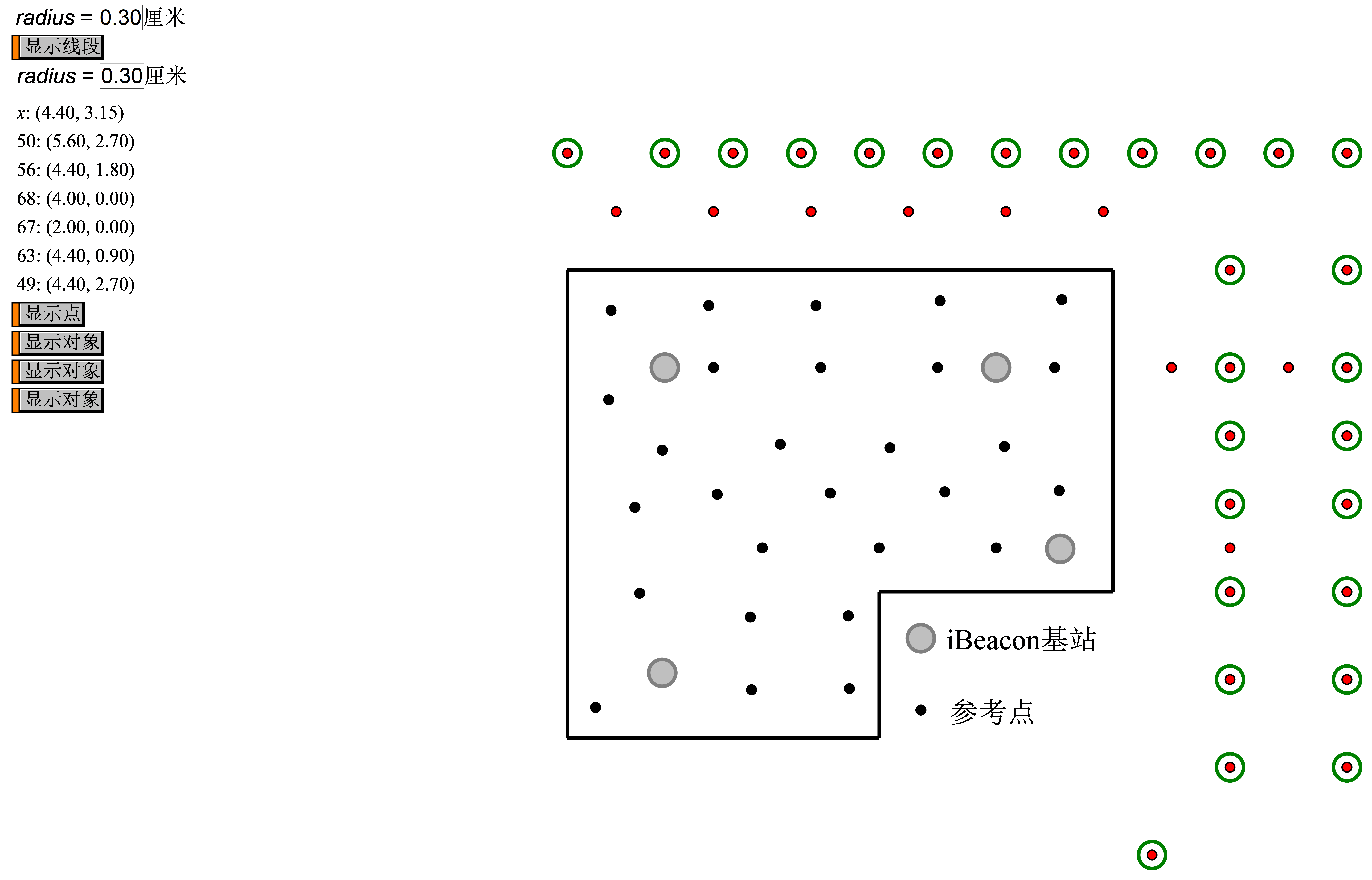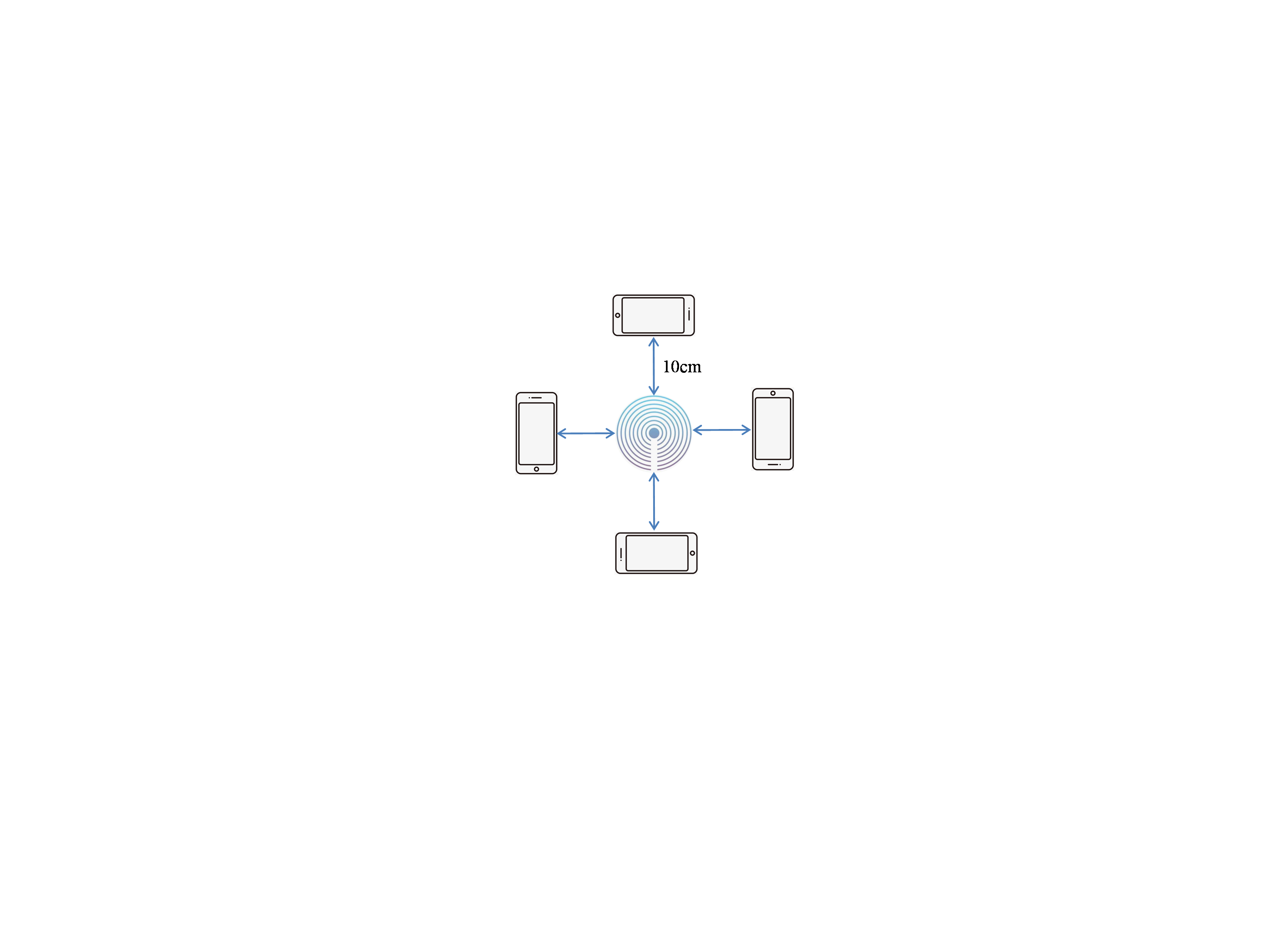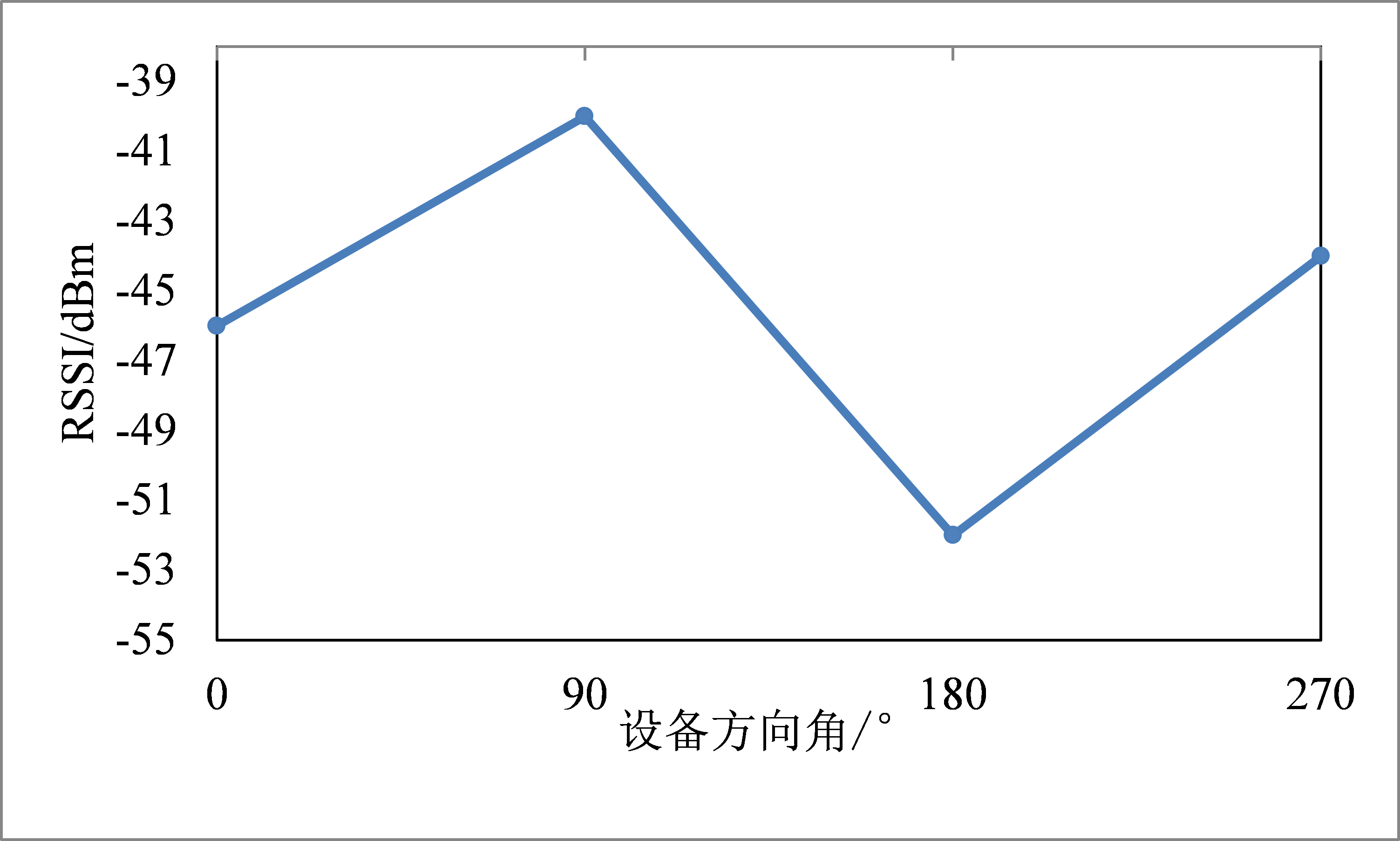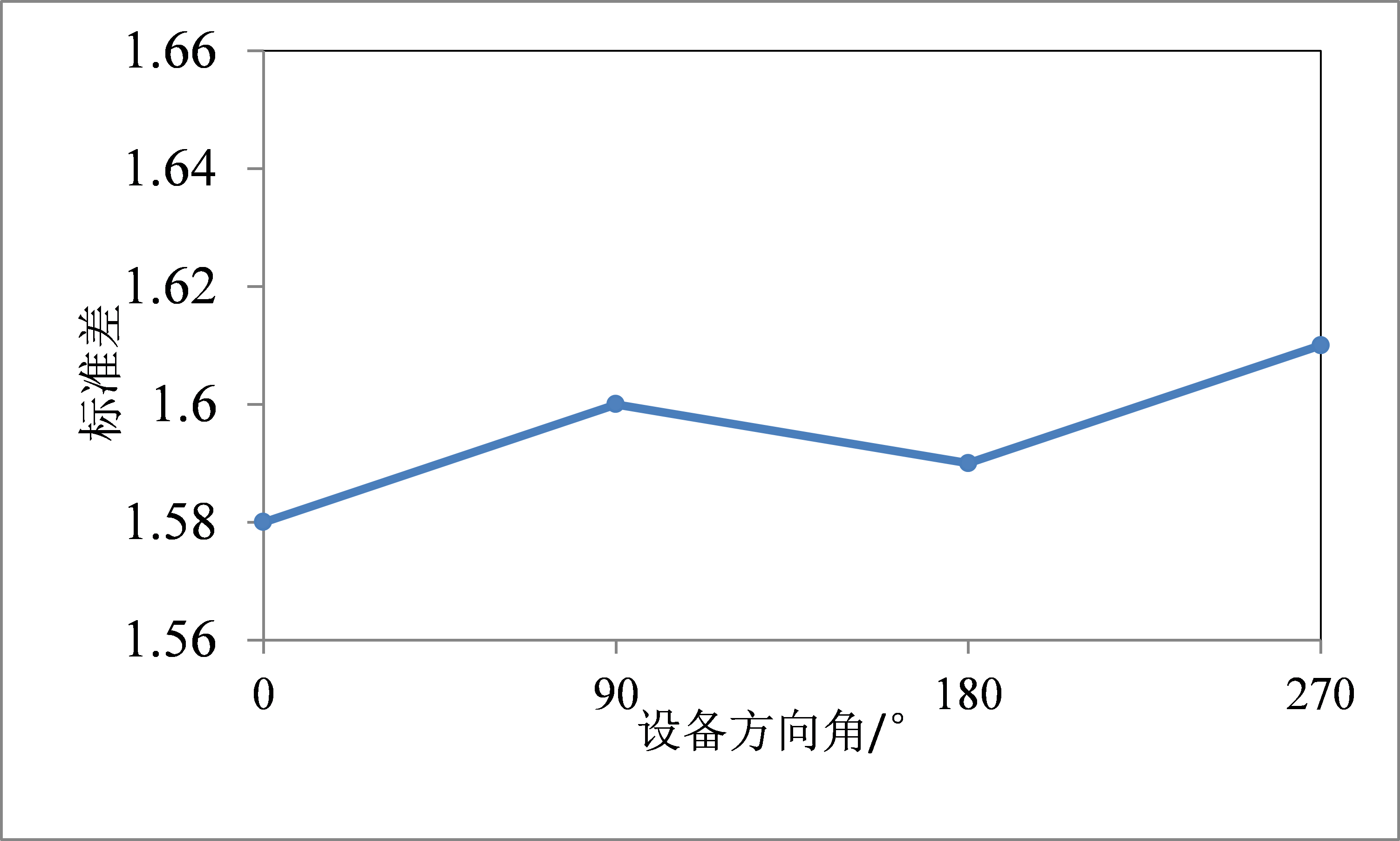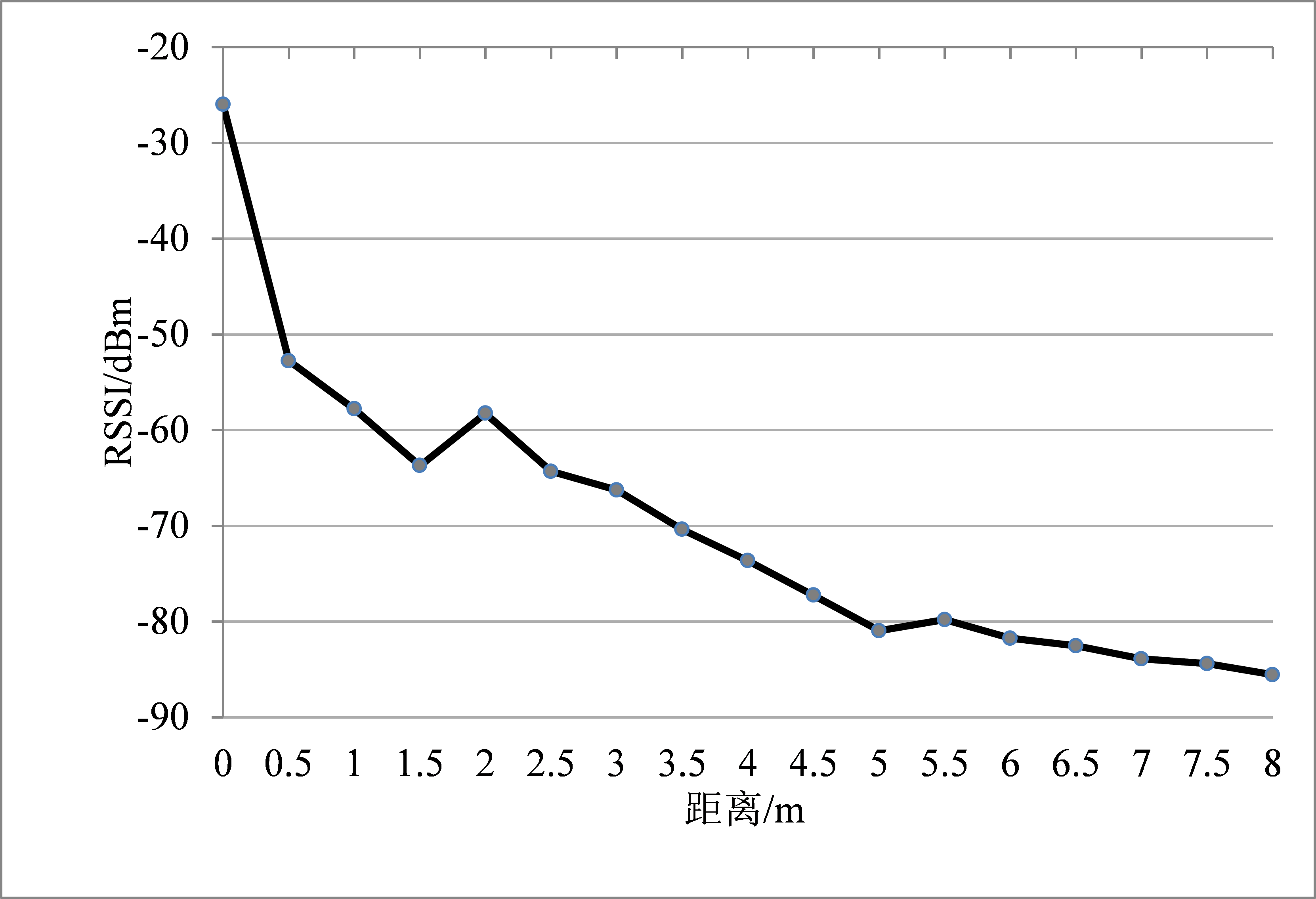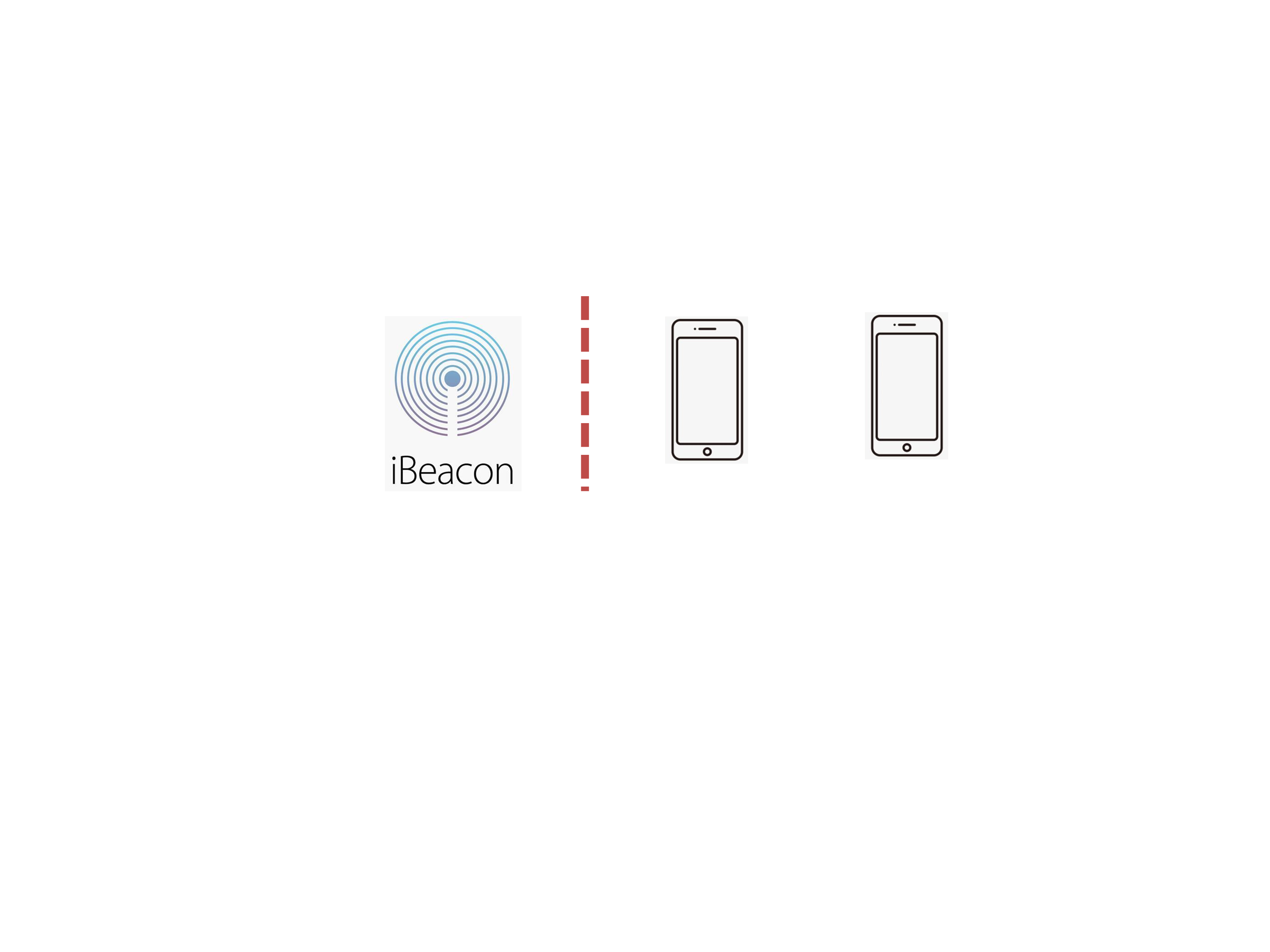基于iBeacon的商超室内定位方法与应用研究毕业论文
2020-04-26 12:59:34
摘 要
随着经济发展,大众的购物需求日趋上升,商超凭借其建设面积大、商品种类多、促销活动全及购物环境好等特点吸引了大量消费者,但其内部环境复杂,通过室内指示标志与导购人员难以提供精确的商品位置信息。针对消费者寻物时间长及货架可视化程度低等问题,本文基于iBeacon设备,研究位置指纹定位中特征值提取与异常点检测两大关键技术,通过引入箱线图检测初始异常值,选取频数前10的数据加权平均提取特征值,利用整体方差最小原则排除异常参考点,使用加权平均计算待定点位置。实验表明,该算法在保证定位效率的同时可将定位精度提高约25cm。基于Android手机,设计了商超定位导购系统,通过结合空间查询技术与iBeacon指纹定位技术,为消费者提供更佳的位置信息服务。
关键词:室内指纹定位 特征值提取 方差异常检测 iBeacon 商超定位系统
Study on Commodity Market Indoor Localization Method and Application
Based on iBeacon
Abstract
With the development of economy, the demand for shopping of the public is increasing. Commodity market attracts a large number of consumers by the virtues of large construction area, all kinds of goods, comprehensive promotional activities and good shopping environment. However, it is difficult for the commodity market to provide consumers with satisfactory commodity location information through indoor signs and guides because of its complicated internal environment. Aiming at the problems of long searching time and low visualization of shelves, based on iBeacon, this paper studies two key technologies of location fingerprinting which are filtering eigenvalue extraction and outlier detection. The better points can be chosen to locate the unknown point by introducing box-plot to detect initial outliers, extracting eigenvalues from data with larger frequency in the corrected queue and finally reducing the influences of outliers according to the principle of small variance of relevant data. The experimental results show that the positioning accuracy can be enhanced by about 25cm while ensuring the positioning efficiency. Based on Android mobile phone, a commodity market indoor positioning system is designed which can provide consumers with better services by combining iBeacon location fingerprinting technology and spatial queries.
Key words: location fingerprinting; filtering eigenvalue extraction; variance detection; iBeacon; commodity market positioning system
目 录
摘要 I
ABSTRACT II
第一章 绪论 1
1.1 研究背景 1
1.2 国内外研究现状 1
1.2.1 国外研究现状 1
1.2.2 国内研究现状 2
1.3 主要研究内容 3
第二章 基于iBeacon的商超室内定位技术 5
2.1 商超室内定位技术选择 5
2.1.1 常用室内定位技术 5
2.1.2 消费级室内定位技术对比 6
2.2 iBeacon概述 7
2.2.1 iBeacon广播结构 7
2.2.2 基于RSSI室内定位原理 8
2.3 iBeacon指纹定位中关键技术分析 10
2.3.1 滤波特征提取技术 10
2.3.2 异常参考点排除技术 10
2.4 本章小结 10
第三章 基于异常值检测的指纹定位方法研究 11
3.1 指纹数据预处理方法 11
3.1.1 信号传播影响因素分析 11
3.1.2 基于箱线图初始异常检测方法 13
3.1.3 众值滤波技术 15
3.2 异常参考点排除方法 17
3.2.1 异常参考点指纹数据分析 17
3.2.2 基于方差检测的异常参考点排除方法 18
3.3 本章小结 19
第四章 模拟实验与结果分析 20
4.1 实验概况 20
4.1.1 商超环境研究 20
4.1.2 iBeacon基站布设方案 21
4.1.3 RSSI原始数据采集 21
4.2 数据预处理阶段 22
4.2.1 基于箱线图初始异常值处理实验 22
4.2.2 基于众值滤波特征值提取实验 24
4.3 实时定位阶段 24
4.3.1 基于方差检测排除异常参考点实验 24
4.3.2 方差检测有效性分析 25
4.4 本章小结 26
第五章 商超室内定位系统设计 27
5.1 整体系统设计 27
5.1.1 平台与语言选择 27
5.1.2 功能模块设计 27
5.1.3 数据库设计 28
5.2 核心功能设计 29
5.2.1 扫描模块 29
5.2.2 计步模块 30
5.2.3 伙伴模块 31
5.3 本章小结 31
第六章 总结与展望 32
6.1 总结 32
6.2 展望 33
参考文献 34
致谢 36
第一章 绪论
1.1 研究背景
随着科学技术的发展,基于位置的服务(Location Based Service,LBS)已成为大众日常生活的一部分。在室外环境中,全球卫星导航系统(Global Navigate Satellite System,GNSS)通过卫星信号可为用户提供高精度位置信息服务。在室内环境中,GNSS信号受墙体等遮挡影响,定位精度难以满足用户需求[1]。对于日益增长的室内位置服务需求,研究人员已在室内定位领域中进行了一系列探索[2-6],通过WiFi、蓝牙、红外线、超宽带(Ultra Wide Band,UWB)、射频识别(Radio Frequency Identification,RFID)等技术实现了室内定位功能。
商超即商品超级市场,凭借其建设面积大、商品种类多、促销活动全及购物环境好等特点吸引了大量消费者。但在购物过程中,传统超市通过布设室内指引标志并辅以导购人员指引为消费者提供相应位置信息服务,导致商品位置信息准确性低、与消费者交互性弱,可服务对象少等问题,难以满足消费者快速寻找目标商品的购物需求。因此,为消费者提供高精度、易交互以及低成本的商超室内定位服务已越来越具有现实意义。
相关图片展示:
